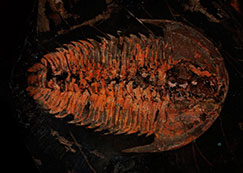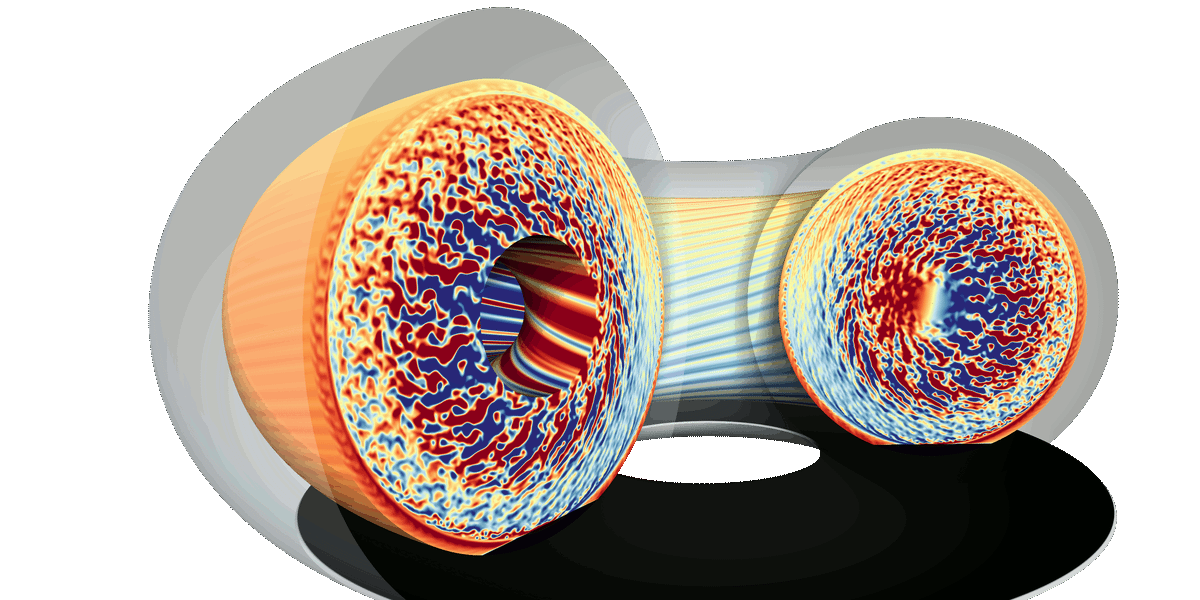Reducing the risk of fires with the help of supercomputers
Fire risk in urban buildings and tunnels are a big concern for modern cities like Singapore. Therefore, it is important to have a comprehensive understanding about fire dynamics in these structures and their interaction with the local ventilation, toxic gas emission, heat radiation and smoke movement in order to reduce the risk of fires in urban areas.
Two-phase chemically reacting flows are widely used in the field of engineering such as in the analsyis of propulsion systems, power generation, industrial hazard prevention and nanomaterial flame synthesis. Studies include dispersed droplets or particles in a continuous gas phase field, where elementary chemical reactions proceed. However, comprehensive interactions occur between these two phases which renders it difficult to accurately articulate how the dispersed droplets behave and influence the reacting flow dynamics.
A research team in NUS is tapping on high performance computing to unveil the underlying interactive mechanisms behind the chemically reacting flows based on high-fidelity numerical simulations and advanced data analysis methods. The team is utilising NSCC’s computational resources to work on a wide range of fundamental studies associated with two-phase reacting flows such as liquid fuel spray flames, hydrocarbon/hydrogen detonation and explosion inhibition with water mists, high-efficiency detonation-based energy conversion technology, and combustion synthesis of nanomaterials.

“The advanced computing environment and CPU resources in ASPIRE 1 from NSCC provide significant support for our research activities. With them, we can accurately simulate the droplet phase and gas phase in a temporally and spatially evolving event, through tracking a huge amount of Lagrangian particles and discretising the gas phase field with ultra-fine resolutions,” said Assistant Professor Zhang Huangwei, Department of Mechanical Engineering, NUS.
The research outputs provide the general scientific solutions for the relevant areas of low-emission and high-efficiency fuel and combustion, novel nanomaterial synthesis or manufacturing method, industrial safety, and urban resilience. High-fidelity data from NSCC is then mined with advanced analysis method such as chemical explosive mode analysis to identify the dominance of chemical species and/or elementary reactions and therefore pinpoint the interactions between the two-phases. The scientific computing or mathematical analysis libraries, such as GSL, also offer versatile solutions for the researchers in the team to carry out data post-process and theoretical analysis.
To find out more about how NSCC’s HPC resources can help you, please contact [email protected].
NSCC NewsBytes December 2020





